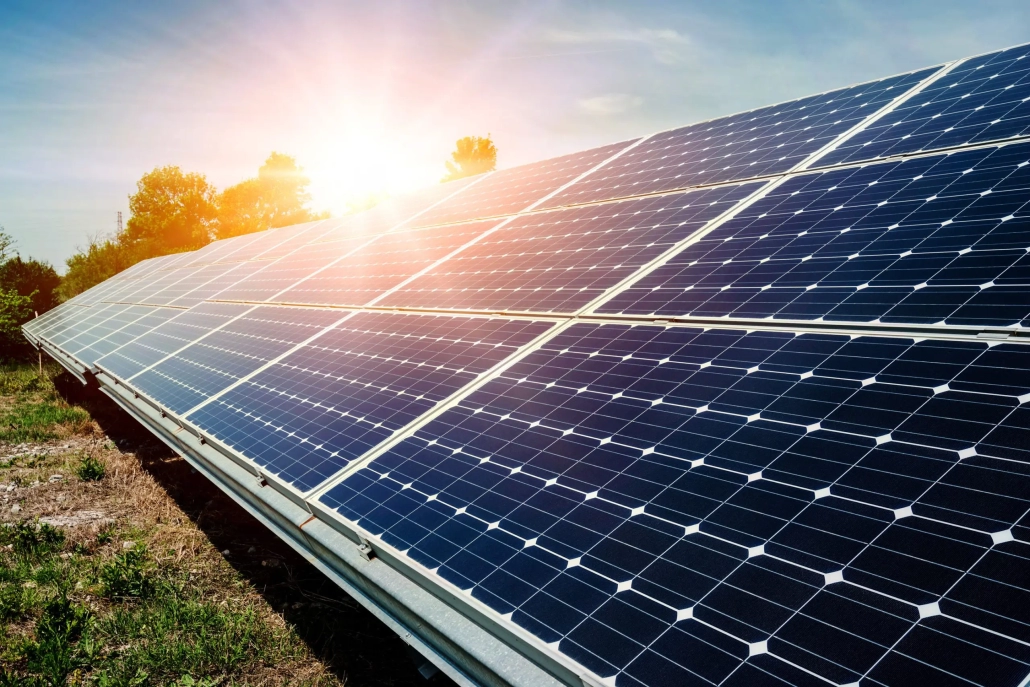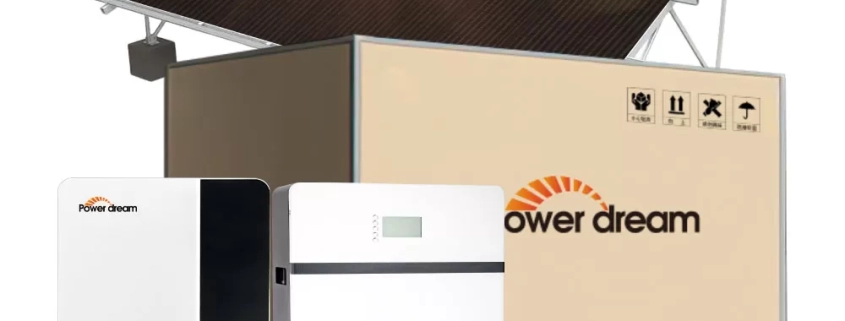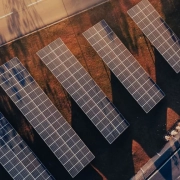How to adapt solar energy storage solution to seasonal changes?
Seasonal changes—from sweltering summers to snow-covered winters—present unique challenges for solar energy storage solution. Whether compensating for shorter winter days or managing excess summer production, BARANA’s adaptive technology ensures year-round efficiency. This article explores viable strategies for optimizing solar storage solutions across seasons, leveraging BARANA’s expertise in innovative battery management, predictive analytics, and climate-responsive design.
Solar Energy Storage Solution for Winter Recovery
Winter’s reduced daylight and cooler temperatures require specialized adaptations:
- Battery Preheat System: BARANA’s lithium-ion batteries self-heat at <5°C, maintaining 95% efficiency, compared to 70% for standard systems.
- Snow Protection: Tilt-adjustable panels remove snow 3x faster, paired with a storage buffer for cloudy days.
- Load Shifting: Prioritize critical circuits (heaters, lights) during periods of low generation.
A Canadian farm using BARANA’s winter optimization solution has maintained 80% of its winter production despite a 40% reduction in daylight hours. In addition to these technical features, BARANA’s solar offering includes remote monitoring capabilities that allow homeowners to track performance and make adjustments from anywhere. This ensures an uninterrupted energy supply even in the harshest winter conditions.

Solar Energy Storage Solution for Summer Peak Management
Summer’s abundant energy requires intelligent surplus energy handling, with dynamic export throttling to the grid in the face of excess production to prevent grid overload penalties. If thermal degradation occurs, battery phase change cooling extends service life by 20%. In the face of summer evenings, usually peak electricity consumption, the time-shifted discharge algorithm in the solar solution can reduce grid peak power consumption by 35%. At the same time, BARANA’s system also includes advanced analytics that predict peak production times, allowing homeowners to store excess energy efficiently. This reduces dependence on the grid and maximizes the use of solar energy during high-demand periods.

How do we optimize adjustments during the rainy season?
Waterproof systems are needed during the rainy season, and BARANA’s solar panels use a hydrophobic panel coating that can reduce output losses to 8%, compared to 22% during heavy rain. At the same time, the flood-proof casing used in the solar energy storage battery is IP68-rated and can be submerged for 72 hours at 1.5 meters underwater. In some countries in the monsoon belt, BARANA’s system has an uptime of 91%, while competitors have an uptime of 63%. In addition to these features, BARANA designs its system to withstand extreme weather conditions, ensuring reliable performance even during the long rainy season. The company’s commitment to durability and resilience means homeowners can trust that their solar system will perform consistently.

Customizing battery technology for seasonal needs
At the heart of any solar storage solution is battery technology, which is critical to determining the overall performance and adaptability of the system. Different battery chemistries have unique advantages in energy density, charge and discharge efficiency, and thermal stability. Lithium-ion batteries are known for their high energy density and efficiency, which make them ideal for handling energy surges during sunny periods. However, they are sensitive to extreme temperatures, so BARANA employs thermal management strategies to protect them during colder months. In contrast, alternative chemistries such as lead-acid or flow batteries may be more resilient in cold environments but not offer the same efficiency levels during peak production.
Thermal management is a key component in adapting battery performance to seasonal variations. BARANA’s solar storage solutions include integrated heating and cooling elements that regulate the temperature of the battery modules, ensuring they operate within an optimal range.
Integration with Renewable Energy Management Systems
Adapting solar storage solutions to seasonal variations also involves integrating a broader renewable energy management system. BARANA’s approach to solar energy storage solutions includes powerful integration with innovative grid technologies, demand response systems, and renewable energy management platforms. Renewable energy management systems provide a centralized platform for monitoring, controlling, and optimizing the performance of solar storage solutions. Integration with these systems enables real-time data exchange between solar panels, storage units, and end-user applications. This holistic approach synchronizes the entire renewable energy system, allowing for effective load balancing and efficient energy distribution.
For example, when solar generation is high in the summer, the integrated system can prioritize charging the storage unit and distribute excess energy to the grid or high-demand areas. Conversely, in the winter, the system can shift its focus to conserving energy and prioritizing critical loads.
Flexible adjustment based on seasonal changes
To better cope with seasonal changes, BARANA adjusts the solar storage solution for regional variations. It integrates advanced battery technology and predictive software to ensure reliable performance, whether monsoon rain or midnight sun. By treating seasons as variables rather than obstacles, we enable homeowners to get the most energy value from solar energy 365 days a year.




